Dubai’s AI-Driven UTC-UX Fusion Boosts Traffic Flow and Safety
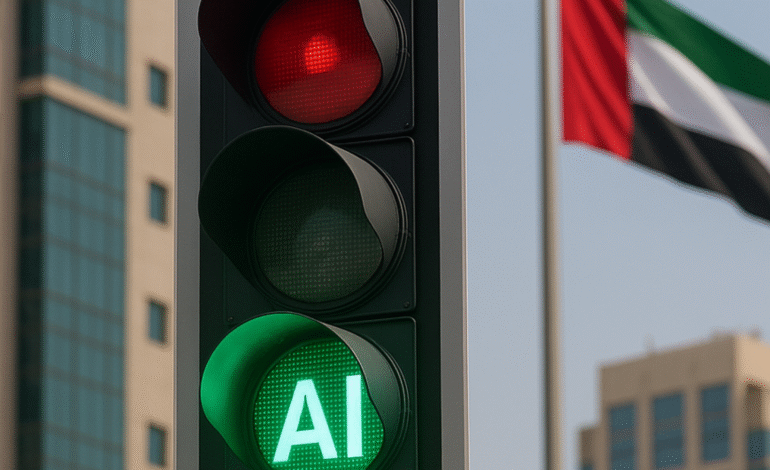
Dubai, a global hub for innovation and urban development, has taken a bold step toward revolutionizing urban mobility with the launch of the UTC-UX Fusion, an advanced traffic signal control system introduced by the Roads and Transport Authority (RTA). This cutting-edge system harnesses the power of artificial intelligence (AI) and digital twin technology to optimize traffic flow, reduce congestion, and enhance the overall commuting experience across the city. As part of Dubai’s ambitious vision to become a smart city leader, the UTC-UX Fusion represents a significant milestone in achieving sustainable urban transport and improving the quality of life for residents and visitors alike.
The UTC-UX Fusion is designed to address the challenges of Dubai’s rapidly growing population and increasing traffic demands. By leveraging real-time data and predictive modeling, this intelligent system dynamically adjusts traffic signal timings to ensure smoother movement at busy intersections, particularly during peak hours. With a focus on efficiency, safety, and sustainability, the system is set to transform how Dubai manages its bustling road network, aligning with the emirate’s Smart City Strategy and Dubai 2030 Vision.
A Leap Toward Smart Urban Mobility
The introduction of the UTC-UX Fusion marks a significant advancement in Dubai’s journey to become a global leader in smart city infrastructure. The system integrates AI-powered traffic management with digital twin technology, allowing the RTA to simulate and analyze traffic scenarios before implementing changes. This data-driven approach ensures that traffic signal adjustments are precise and effective, minimizing disruptions and maximizing road efficiency.
Unlike traditional traffic signal systems that rely on fixed cycles, the UTC-UX Fusion continuously gathers real-time traffic data to predict patterns and adapt signal timings accordingly. This dynamic approach enables the system to respond to changing road conditions, such as sudden traffic surges or accidents, ensuring a seamless flow of vehicles across Dubai’s major roads. By prioritizing traffic management based on current demand, the system optimizes intersection performance and reduces delays, making commutes faster and more reliable.
Key Features of the UTC-UX Fusion System
The UTC-UX Fusion is packed with innovative features that set it apart as a game-changer in traffic control technology. These include:
- Real-Time Traffic Prediction: The system uses AI algorithms to analyze real-time traffic data and predict patterns, allowing for proactive adjustments to traffic signal timings. This ensures smoother flow during peak hours and high-traffic events.
- Digital Twin Simulations: By creating a digital twin of Dubai’s road network, the system simulates traffic scenarios before implementing changes, ensuring optimal outcomes without trial-and-error disruptions.
- Future Sensor Integration: The UTC-UX Fusion is designed to incorporate data from additional sensors in the future, enabling continuous optimization and adaptability to evolving traffic conditions.
- Priority-Based Traffic Management: The system prioritizes traffic flow based on demand, giving precedence to busy intersections and key routes to enhance overall urban mobility.
These features collectively contribute to a smarter, more efficient transportation network, aligning with Dubai’s goal of creating a sustainable urban environment that supports its growing population and economic activity.
Tangible Benefits for Dubai’s Commuters
The deployment of the UTC-UX Fusion brings measurable benefits to Dubai’s residents, visitors, and businesses. Early reports indicate that the system can achieve up to a 20% reduction in journey times on major roads, significantly easing traffic congestion in high-traffic areas like Sheikh Zayed Road and Al Khail Road. This reduction in travel time translates to less time spent on the road, lower fuel consumption, and a reduced carbon footprint, supporting Dubai’s commitment to environmental sustainability.
The system also improves intersection performance, ensuring smoother traffic flow during peak hours when congestion is most severe. By optimizing signal timings, the UTC-UX Fusion minimizes delays at busy junctions, creating a more predictable and stress-free commuting experience. Additionally, the system’s focus on road safety reduces the risk of accidents caused by congestion, aligning with Dubai’s broader efforts to enhance traffic safety, as seen in campaigns like “Summer Without Accidents.”
For businesses, the improved traffic efficiency means faster deliveries, reduced logistics costs, and enhanced productivity. For residents, it means more time for family, work, or leisure, contributing to a higher quality of life in one of the world’s most dynamic cities.
Aligning with Dubai’s Smart City Vision
The UTC-UX Fusion is a key component of Dubai’s Smart City Strategy, which aims to leverage technology to create a more connected, efficient, and sustainable urban environment. By integrating AI and digital twin technology, the RTA is setting a new standard for smart traffic management in the Middle East and beyond. This initiative aligns with the Dubai 2030 Vision, which seeks to position the emirate as a global leader in innovation, sustainability, and urban mobility.
Dubai’s commitment to smart city infrastructure is evident in other recent RTA projects, such as the traffic upgrades at the Al Wasl–Al Manara intersection, which increased road capacity by 50% and reduced waiting times by up to 30%. The RTA is also advancing plans for autonomous vehicles, flying taxis, and expanded public transport options, all of which complement the UTC-UX Fusion in creating a holistic transportation ecosystem.
The system’s ability to integrate with future technologies, such as additional sensors and autonomous vehicle systems, ensures that it remains adaptable to Dubai’s evolving needs. As the city prepares for initiatives like the Etihad Rail and driverless car trials with companies like Pony.ai, the UTC-UX Fusion lays the groundwork for a fully integrated smart mobility network.
Enhancing Safety and Sustainability
In addition to improving traffic flow, the UTC-UX Fusion contributes to Dubai’s road safety goals. By reducing congestion and optimizing intersection performance, the system minimizes the risk of accidents caused by frustrated or distracted drivers. This is particularly important given the rising number of traffic incidents reported in Dubai, with 3,481 accidents recorded during the summer months of 2024, resulting in 34 deaths. The RTA’s focus on AI-driven traffic management complements its “Summer Without Accidents” campaign, which emphasizes proactive measures like vehicle maintenance and safer driving habits.
From a sustainability perspective, the UTC-UX Fusion supports Dubai’s efforts to reduce carbon emissions by decreasing idle times at traffic signals and promoting smoother traffic flow. This aligns with the UAE’s broader environmental goals, as seen in projects like Etihad Rail, which aims to reduce road traffic by moving cargo and passengers to a greener railway network. By integrating AI and digital twin technology, the RTA is paving the way for a more sustainable future, where technology and innovation work hand in hand to create a cleaner, more efficient city.
A Collaborative Effort for a Smarter Dubai
The success of the UTC-UX Fusion is the result of the RTA’s commitment to collaborating with global technology leaders and leveraging cutting-edge innovations. The system’s development reflects Dubai’s proactive approach to adopting AI-powered solutions, as seen in other initiatives like the Public Transport Station Management Using AI tool and the Smart Road Asset Assessment System. These projects, showcased at the RTA’s recent AI exhibition, demonstrate how artificial intelligence is transforming every aspect of Dubai’s transportation infrastructure.
The RTA’s leadership, under the guidance of His Highness Sheikh Mohammed bin Rashid Al Maktoum, Vice President, Prime Minister, and Ruler of Dubai, has been instrumental in driving these advancements. His vision for a smart Dubai has inspired initiatives like the UTC-UX Fusion, which not only improve traffic efficiency but also enhance the emirate’s global reputation as a hub for innovation and technology.
Looking Ahead: A Future of Seamless Mobility
As Dubai continues to grow, the UTC-UX Fusion will play a pivotal role in shaping the city’s transportation future. The system’s ability to adapt to changing traffic patterns and integrate with emerging technologies ensures that it will remain relevant as Dubai expands its road network, introduces autonomous vehicles, and develops flying taxis. With plans to convert 25% of all trips to autonomous journeys by 2030, the RTA is laying the foundation for a fully integrated smart mobility ecosystem.
The UTC-UX Fusion is just one of many initiatives under the RTA’s 2025 Traffic Improvement Plan, which includes expanding dedicated bus and taxi lanes, upgrading key intersections, and enhancing public transport connectivity. These efforts collectively aim to reduce traffic congestion, improve road safety, and support Dubai’s growing population and urban footprint.
For residents and visitors, the UTC-UX Fusion promises a more seamless and efficient commuting experience, with shorter journey times, safer roads, and a reduced environmental impact. For businesses, it offers improved logistics and connectivity, supporting Dubai’s position as a global economic hub. And for the city as a whole, it reinforces Dubai’s commitment to innovation, sustainability, and a higher quality of life.

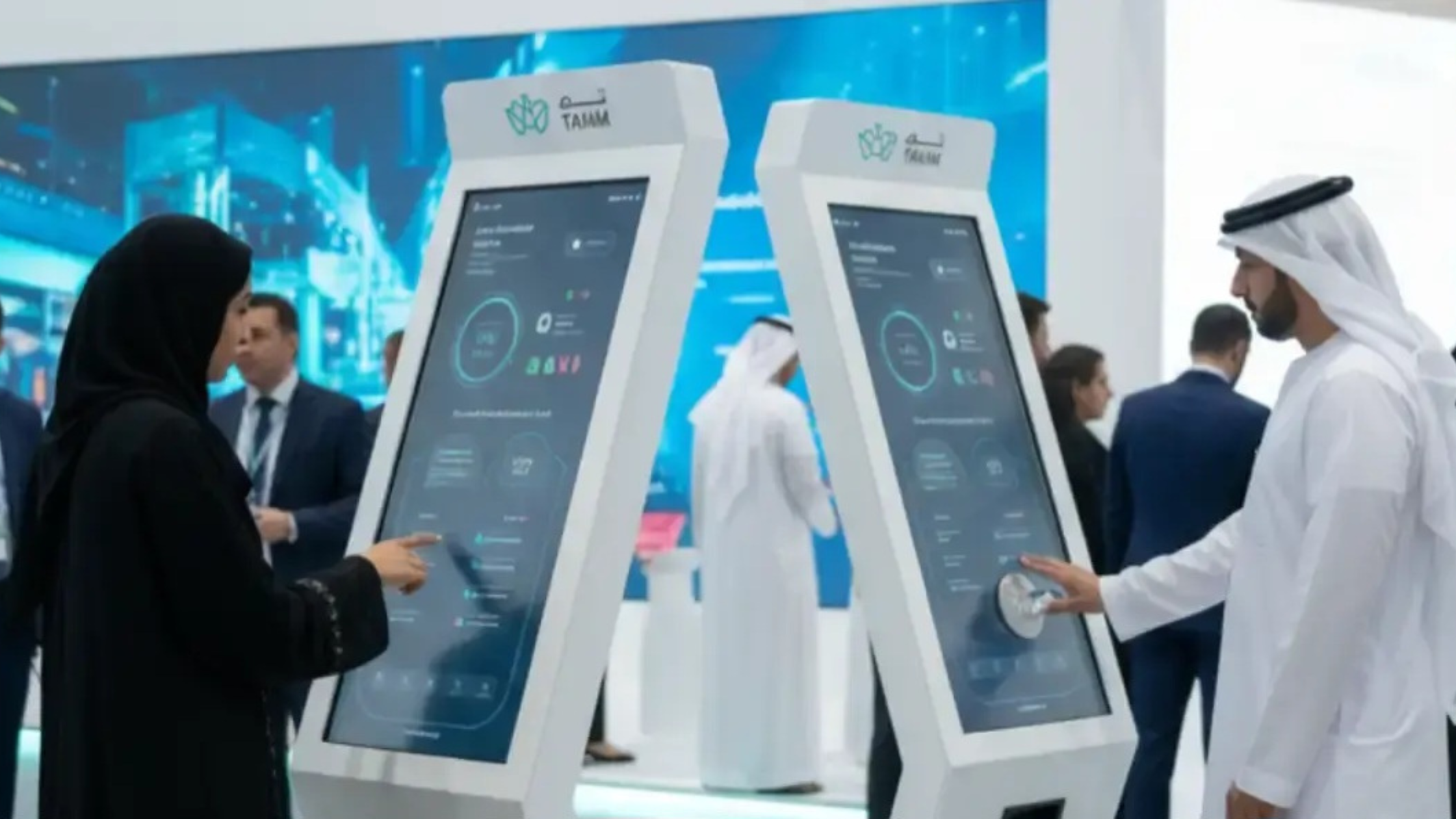

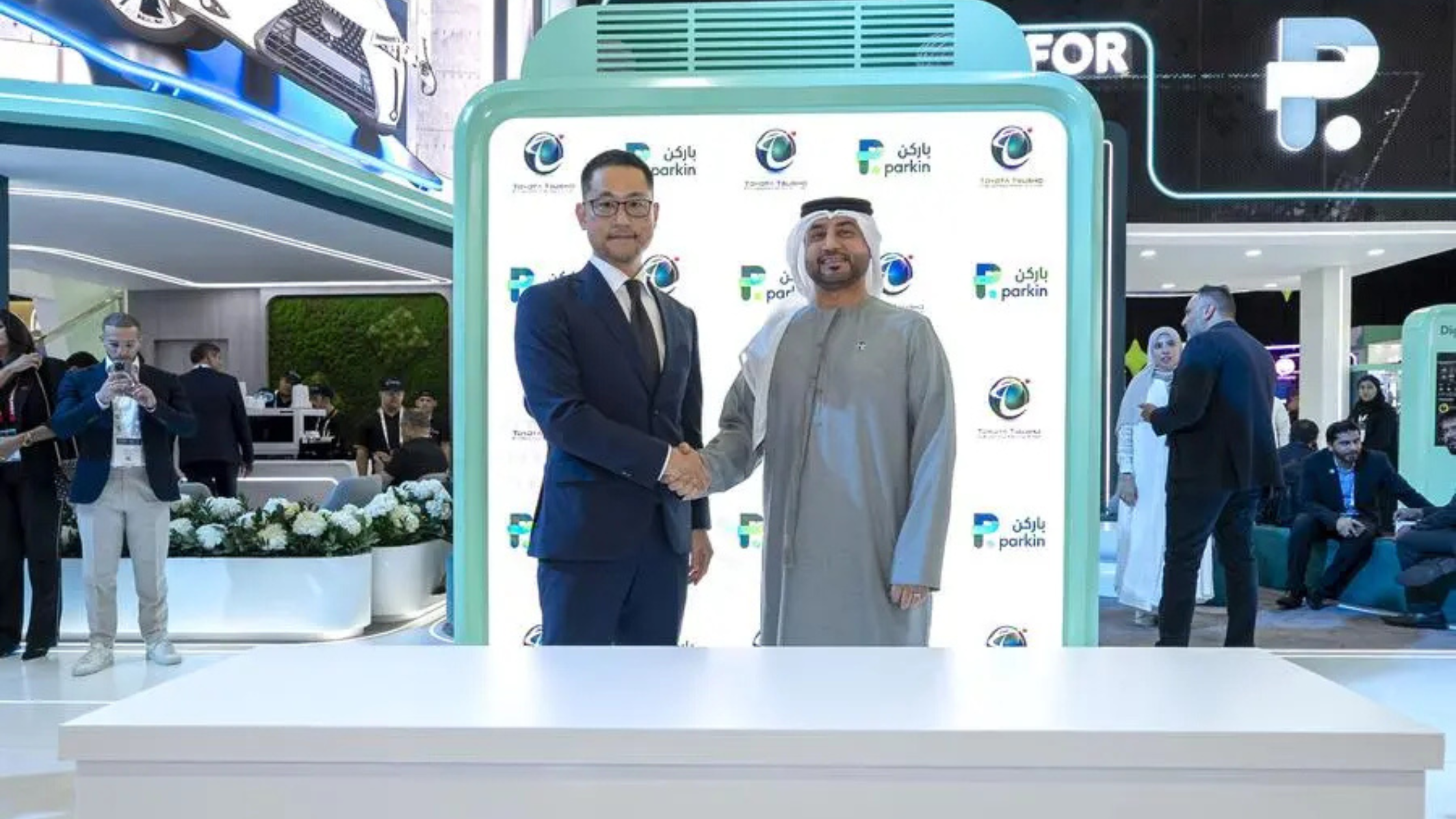
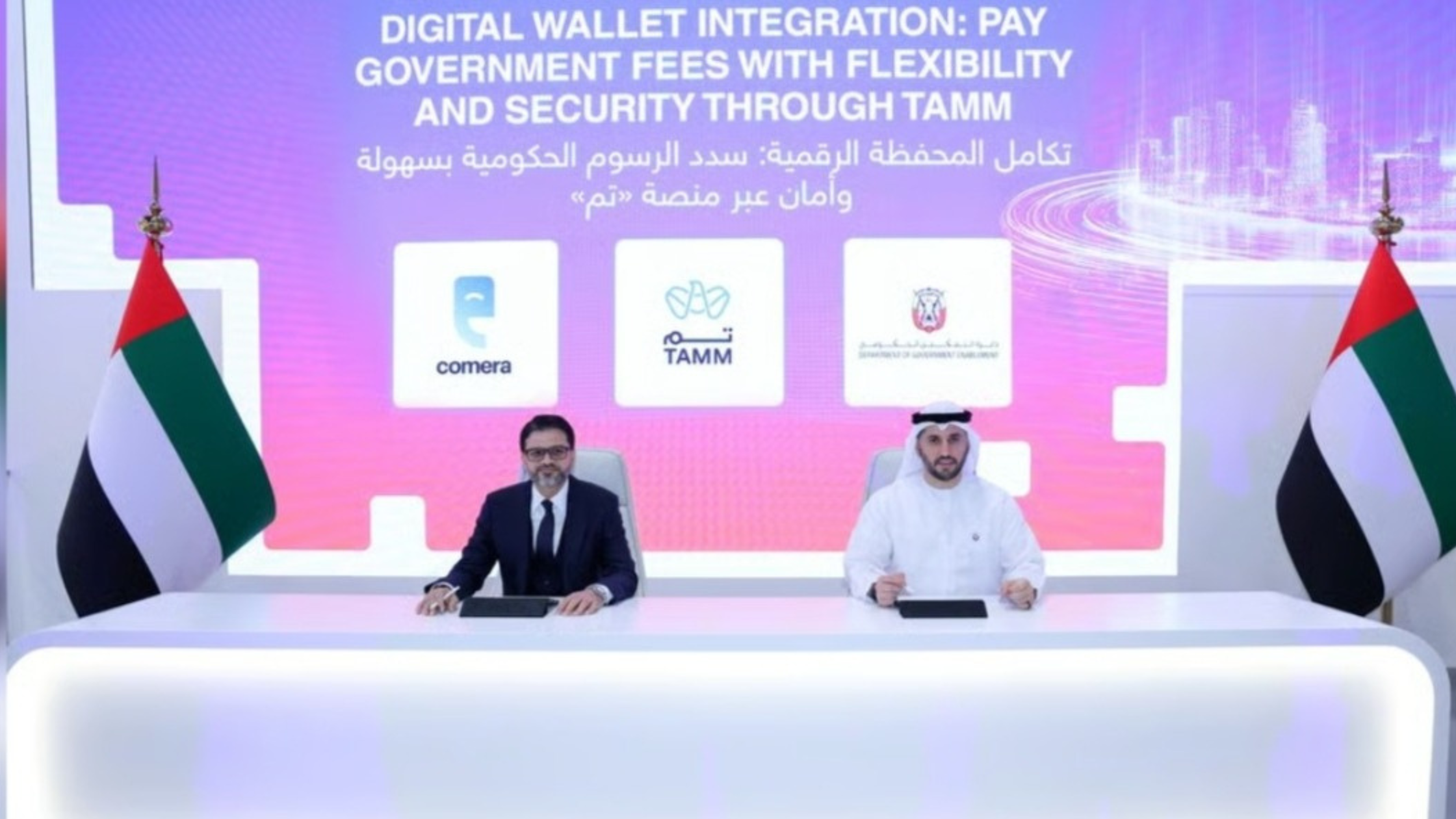


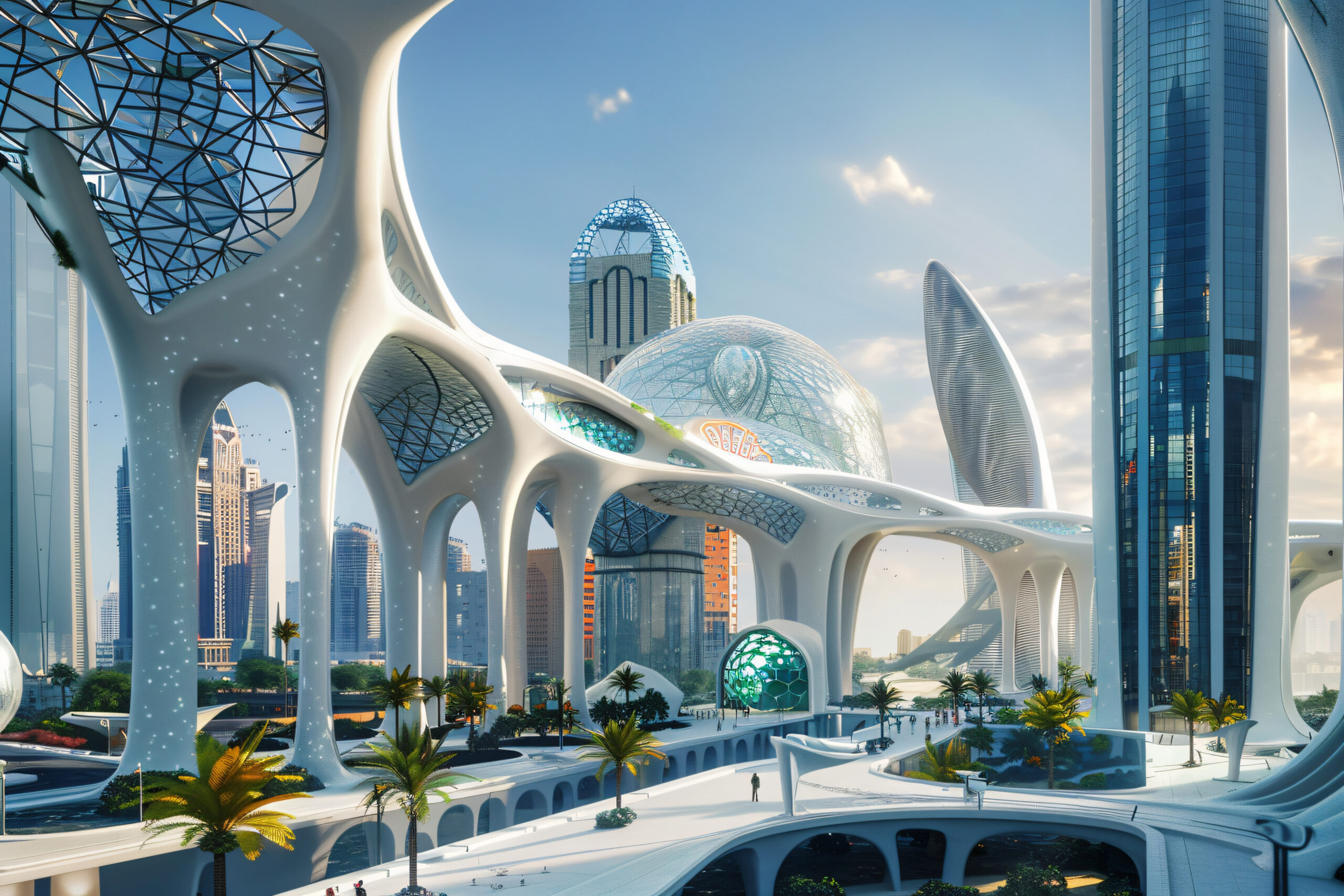
1 Comment
[…] bridges and widened surface roads, totaling 1,700 meters of new infrastructure, alongside upgraded traffic signal systems to optimize flow. These enhancements are expected to slash travel times by up to 50%, offering a […]
Comments are closed.